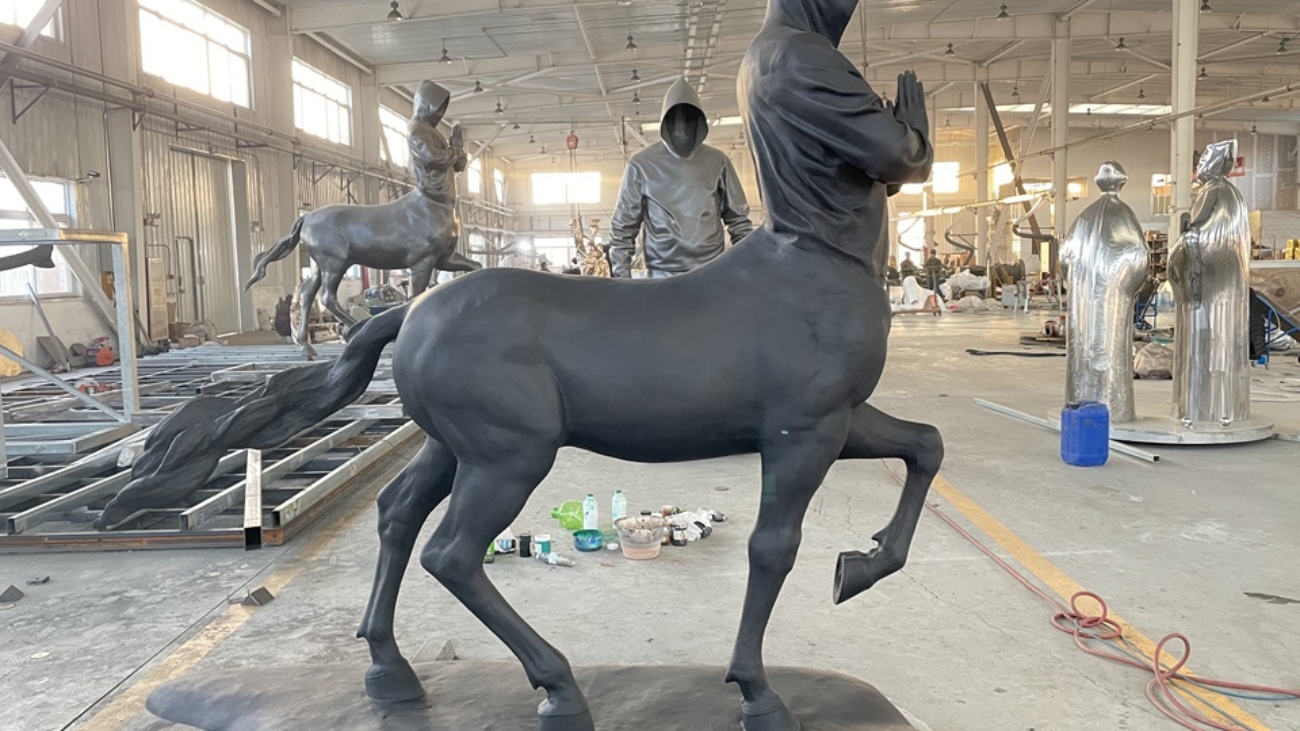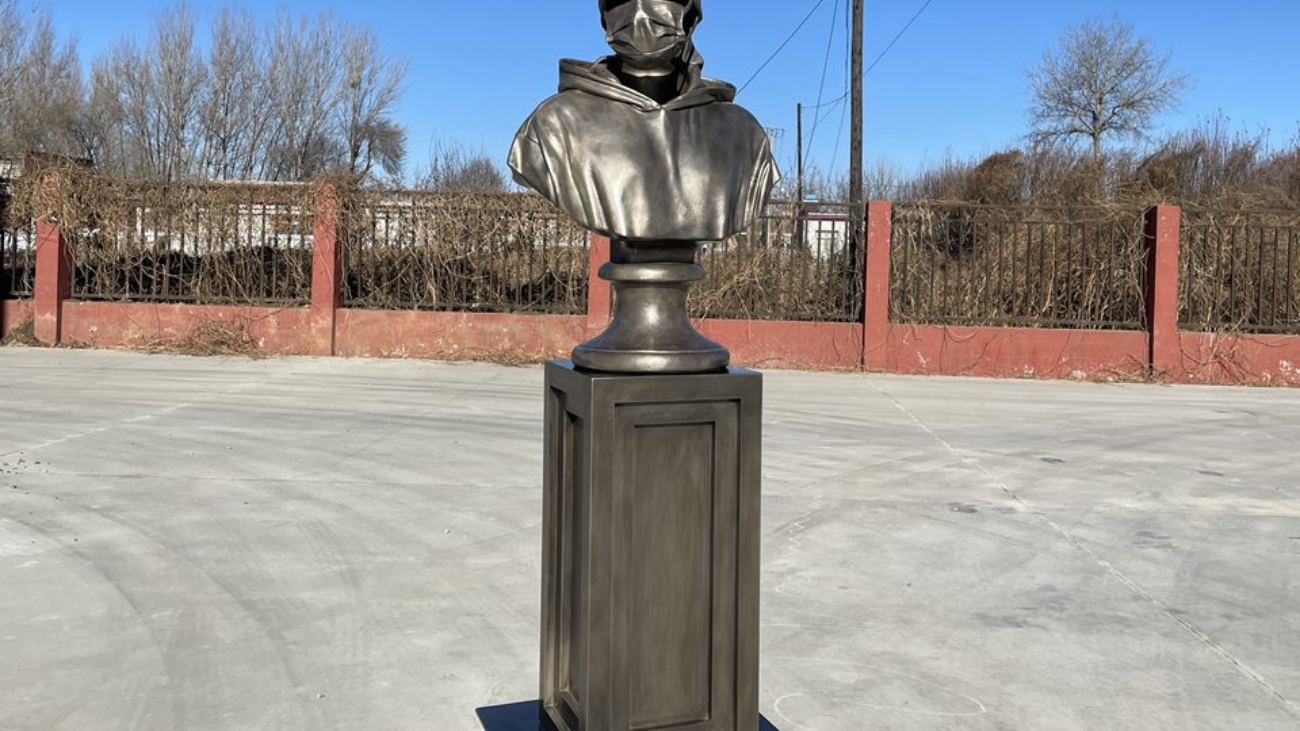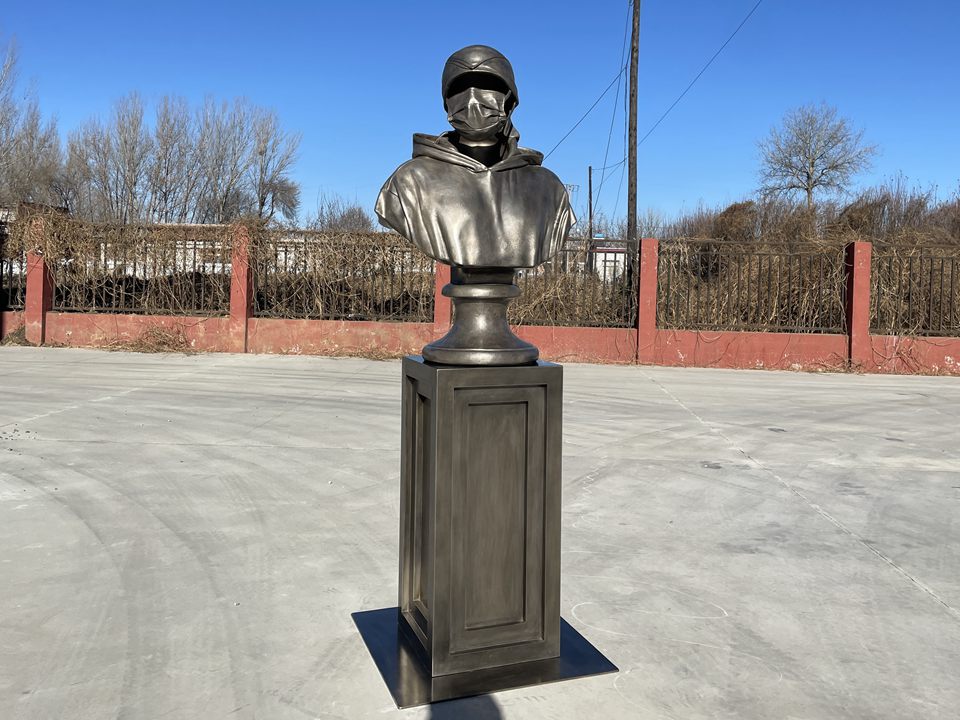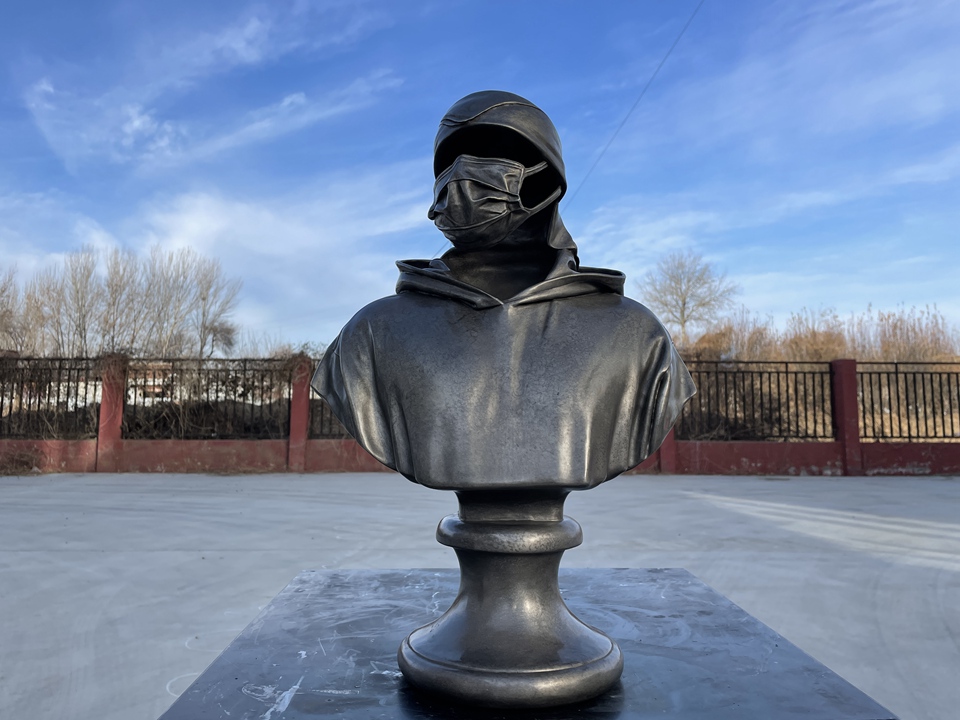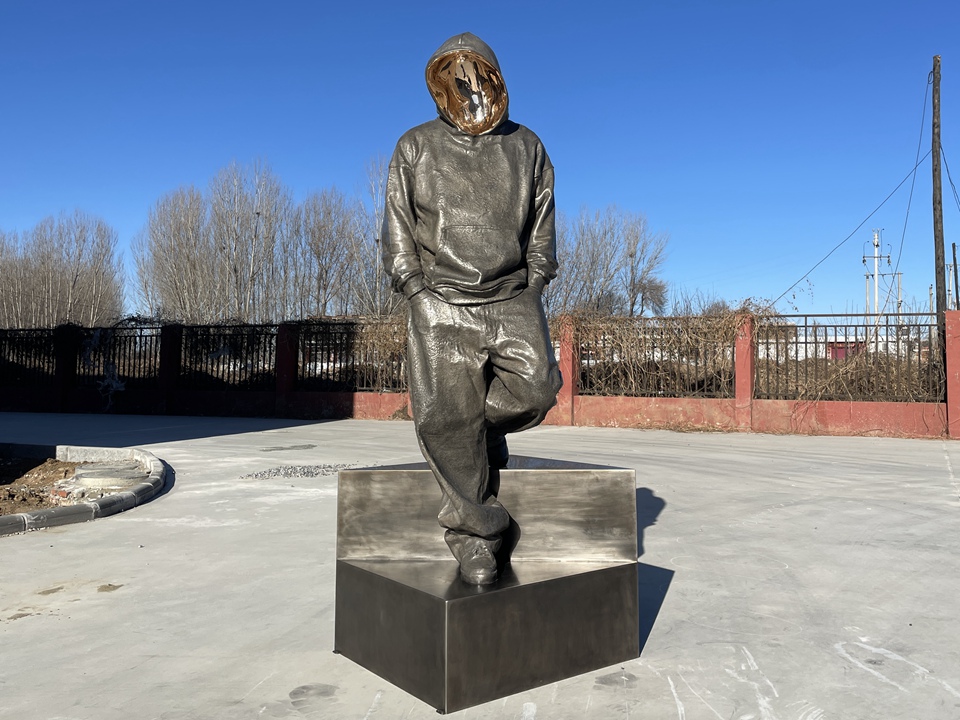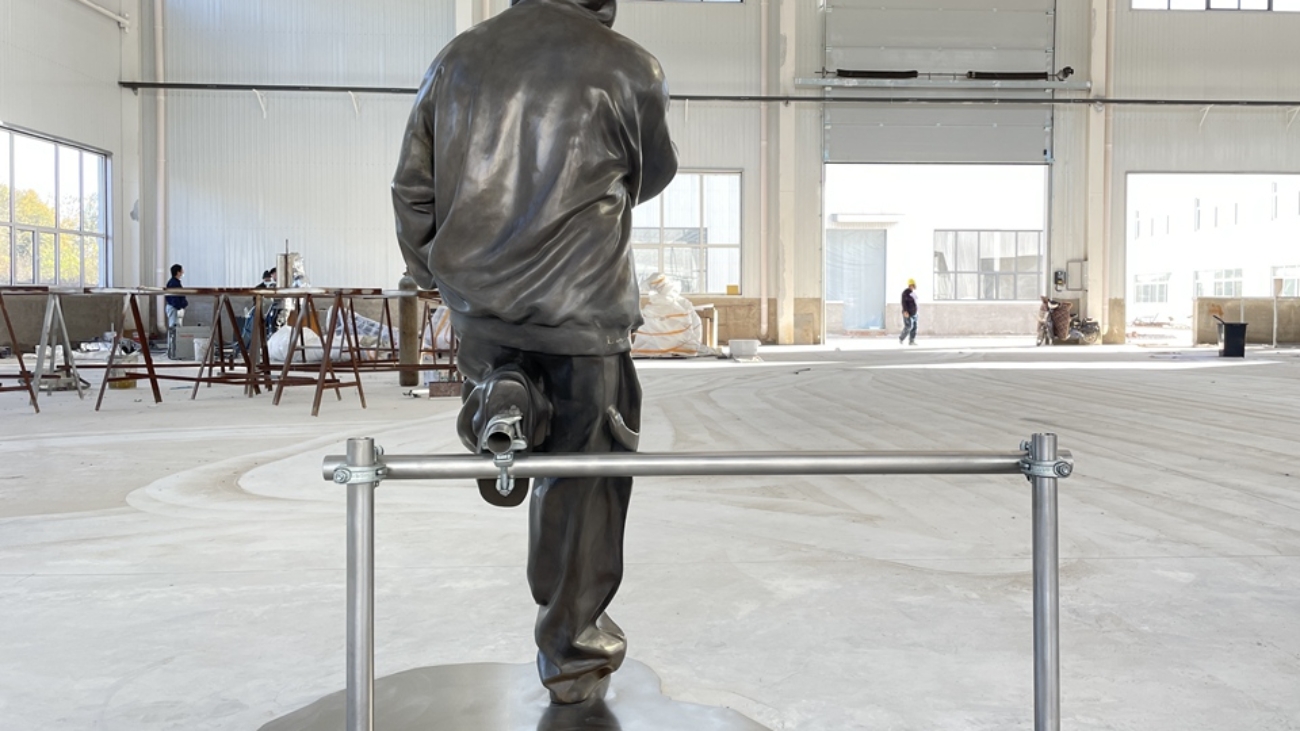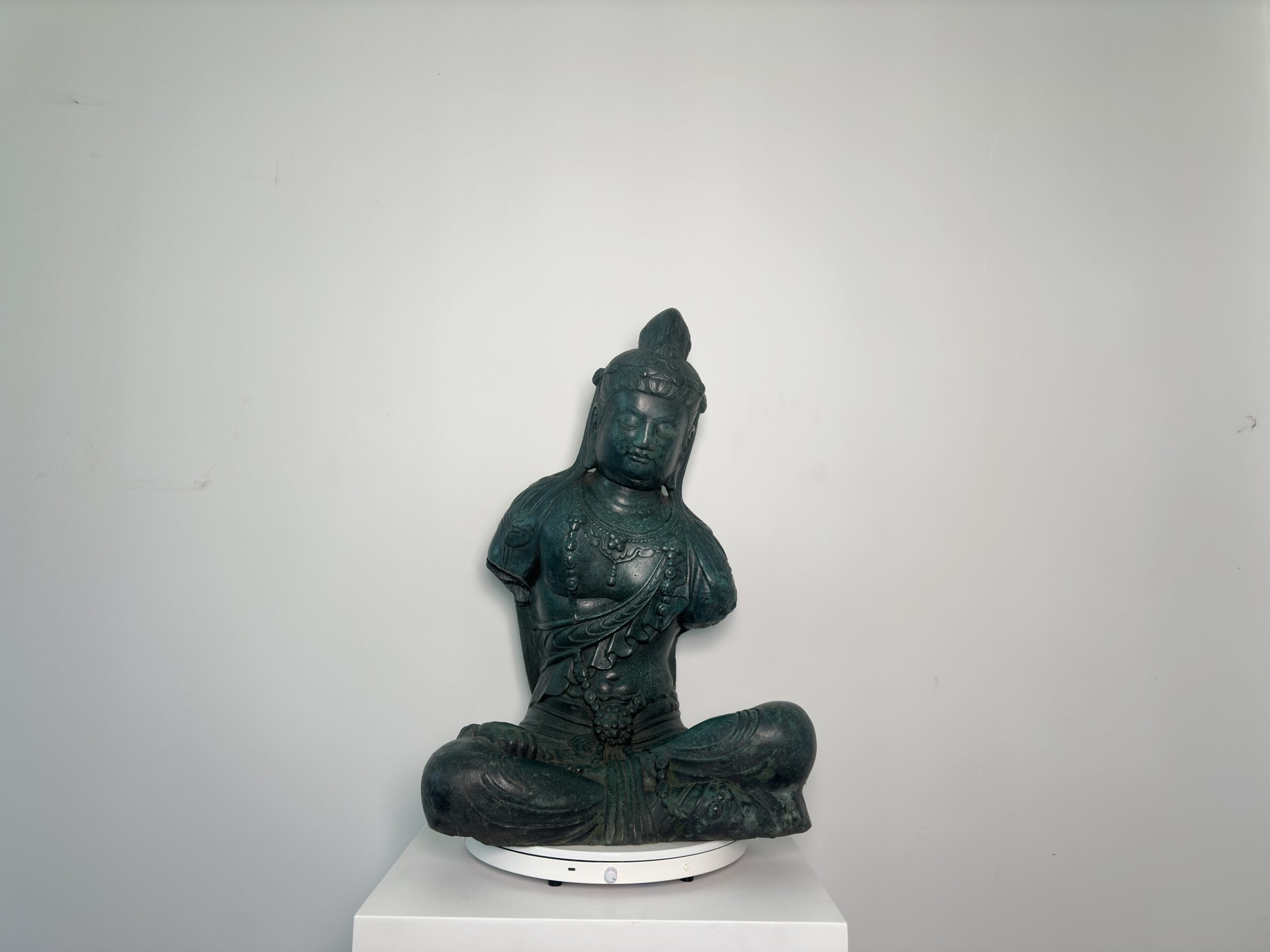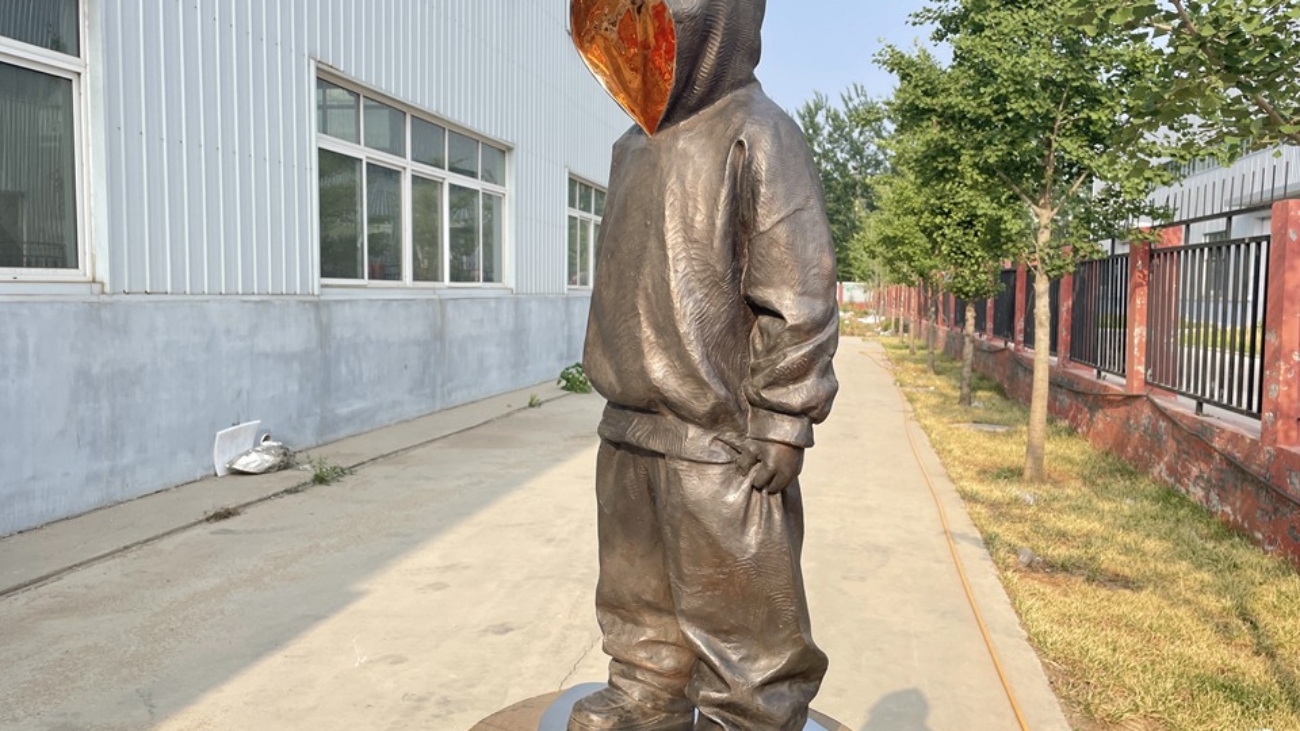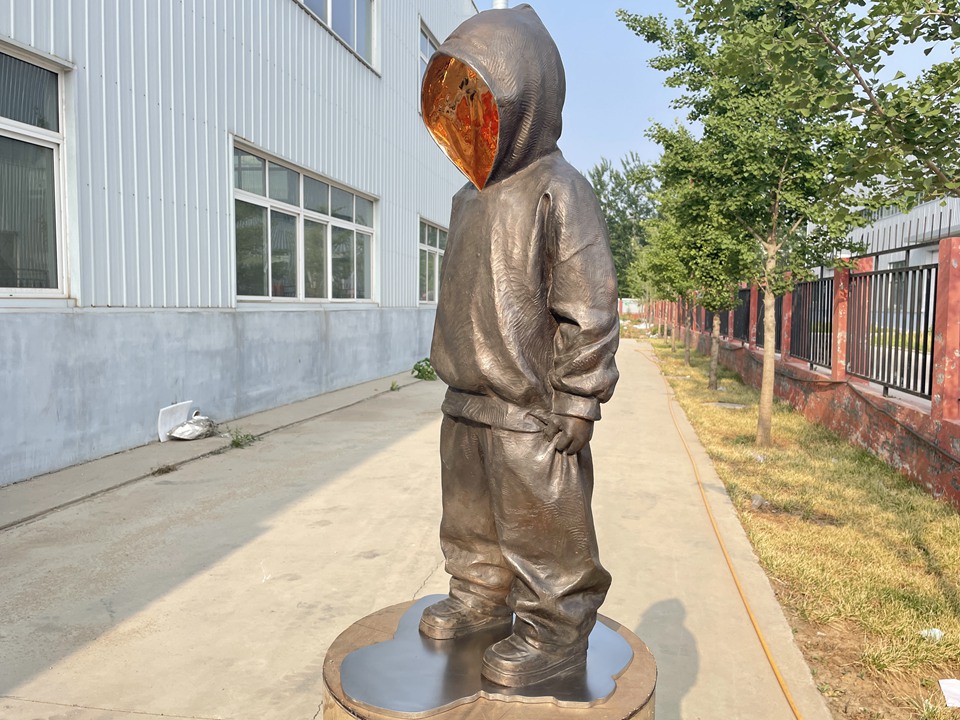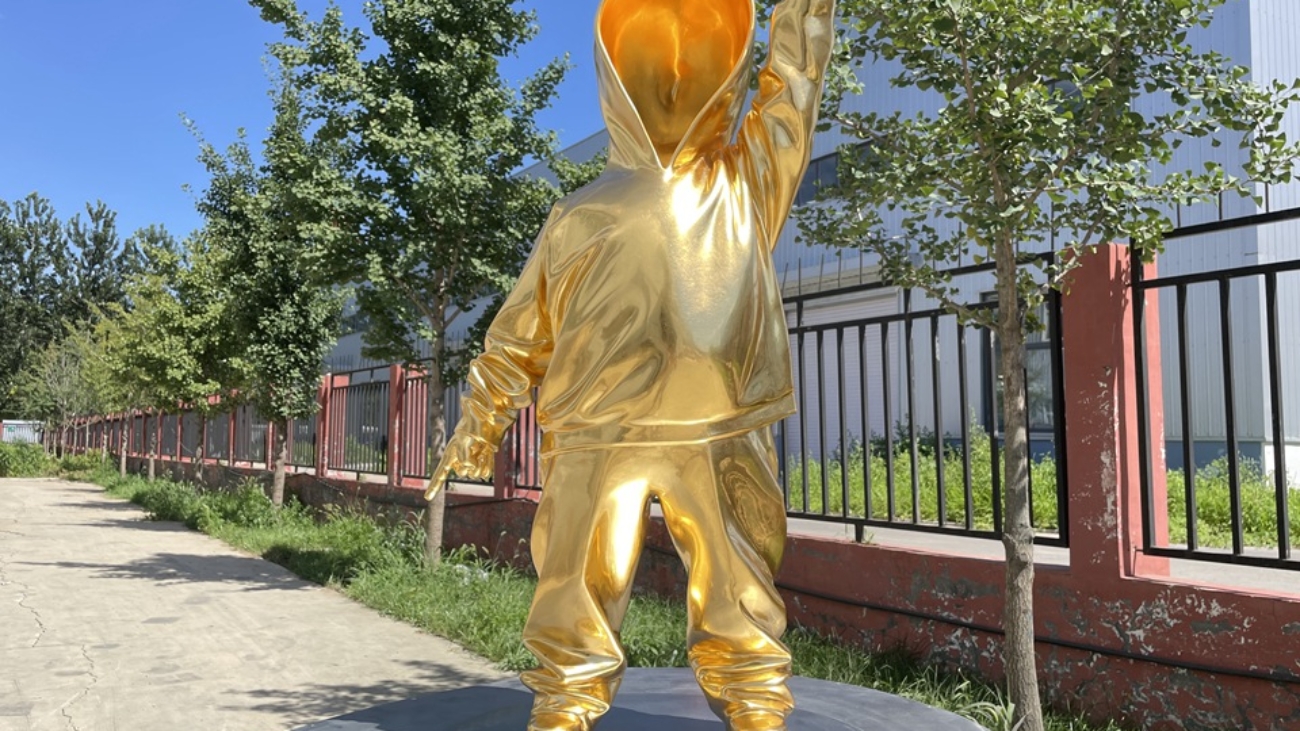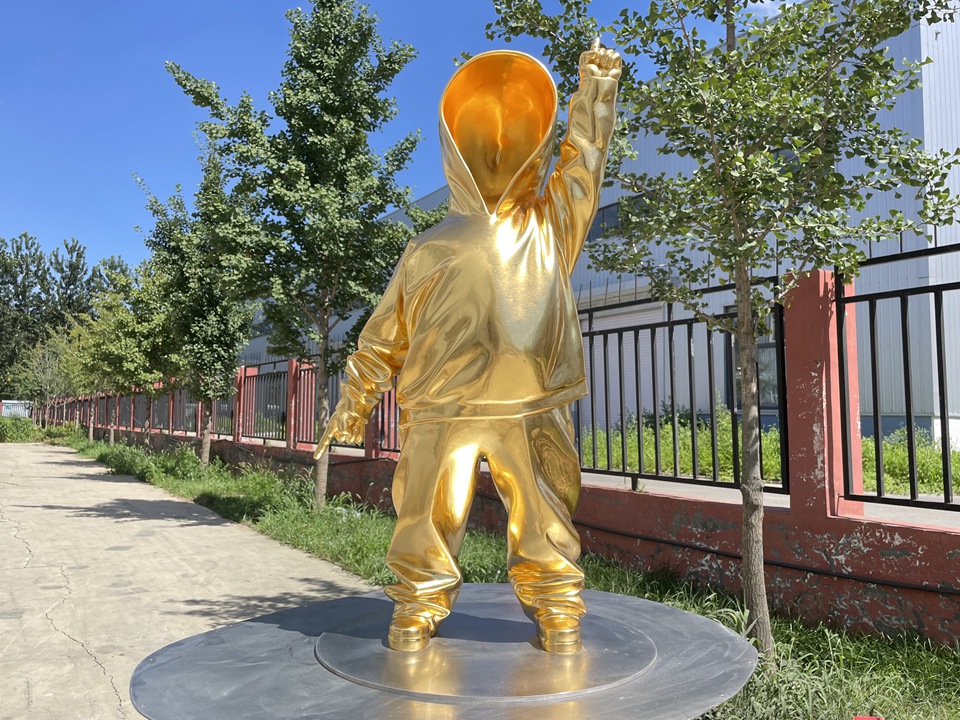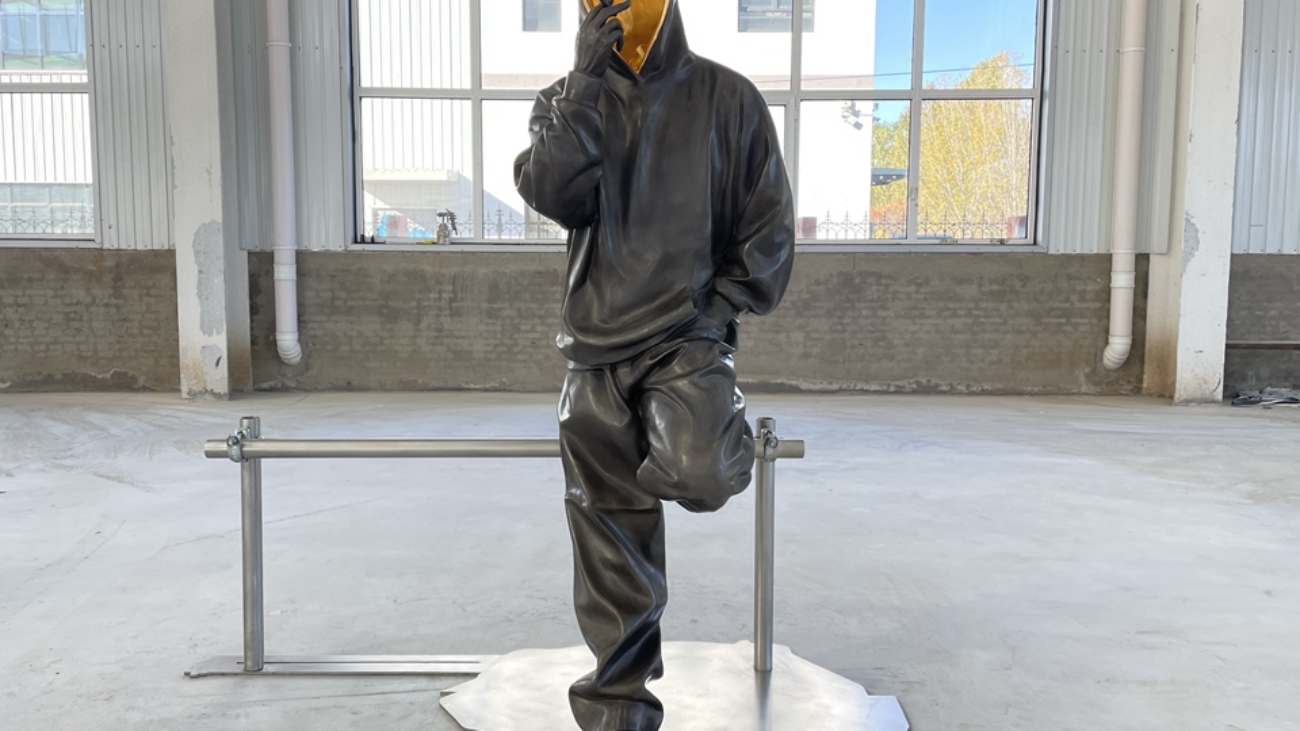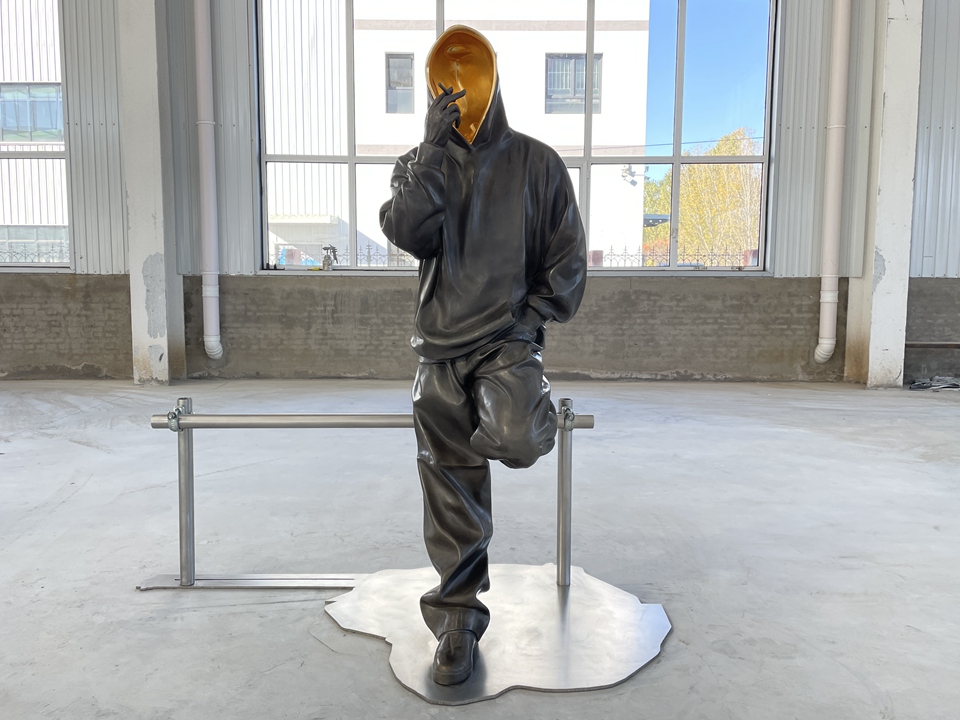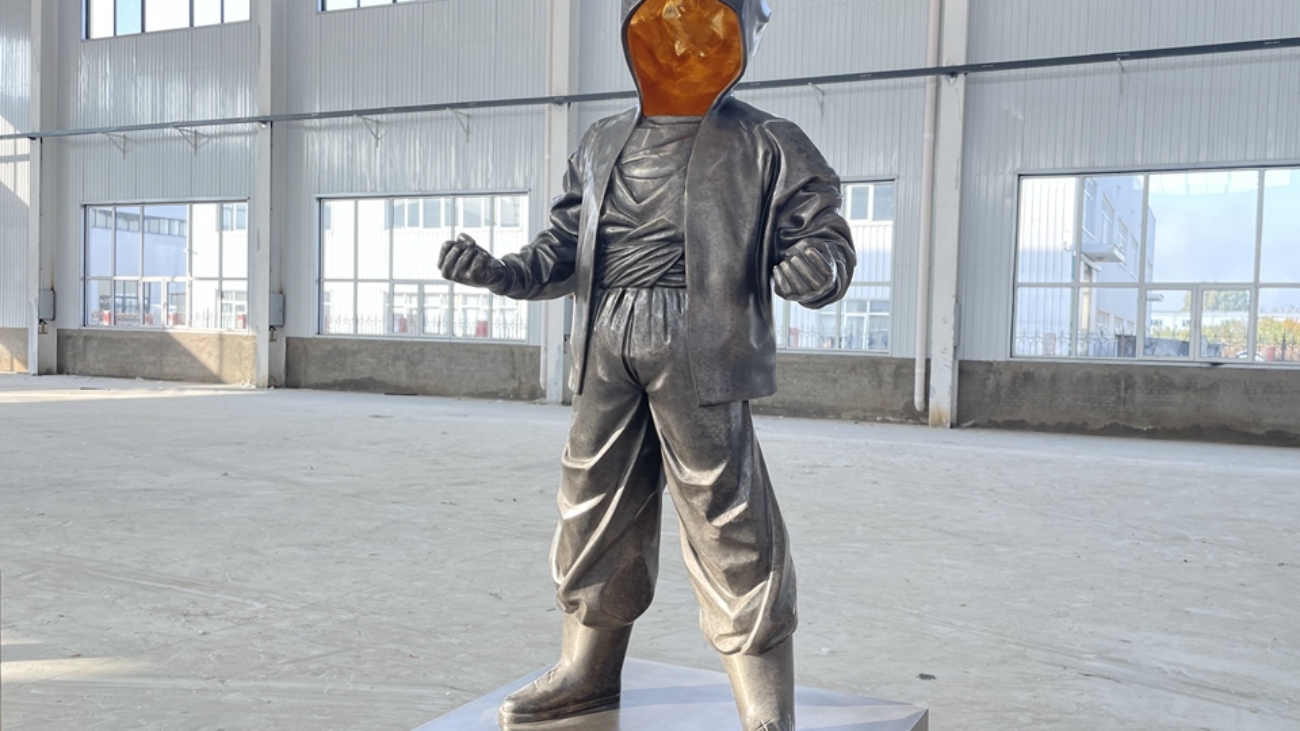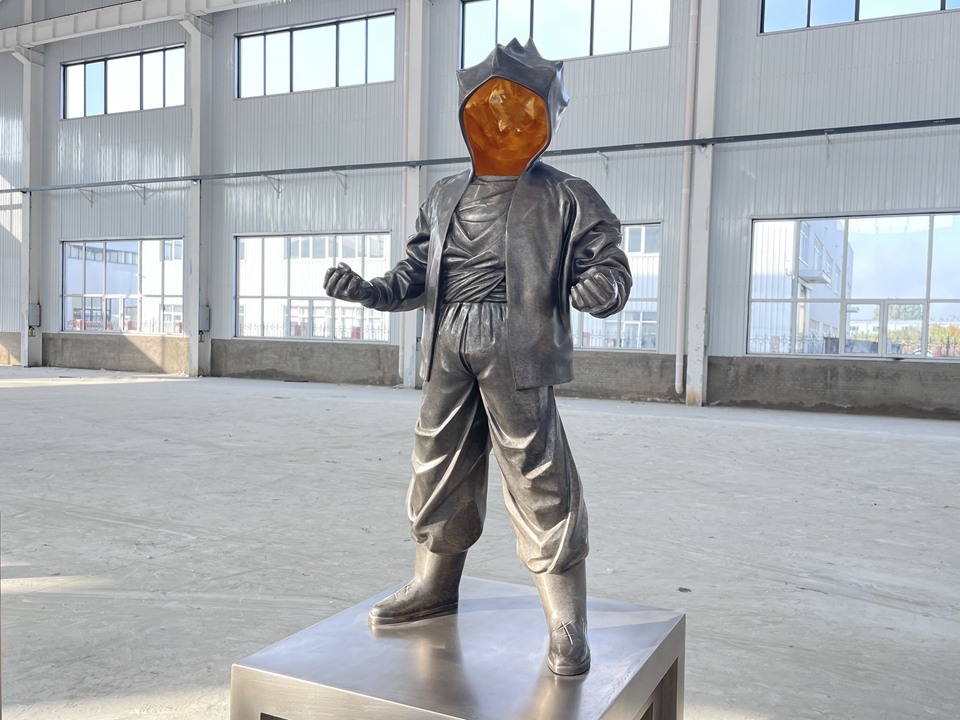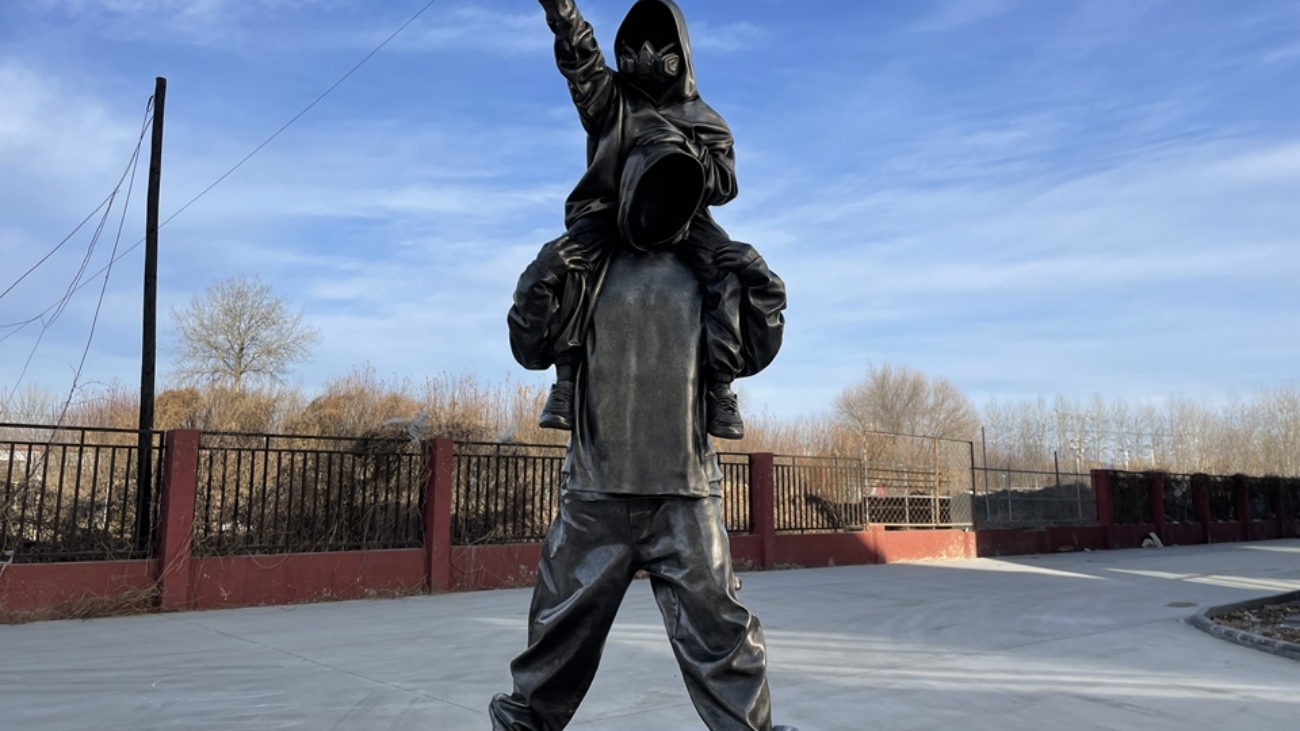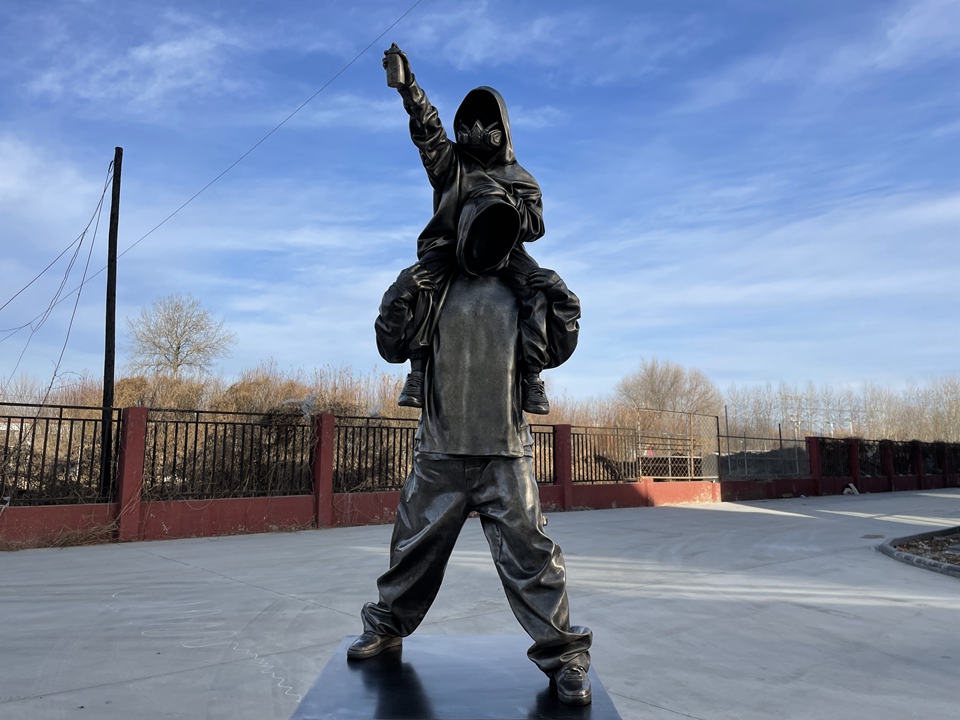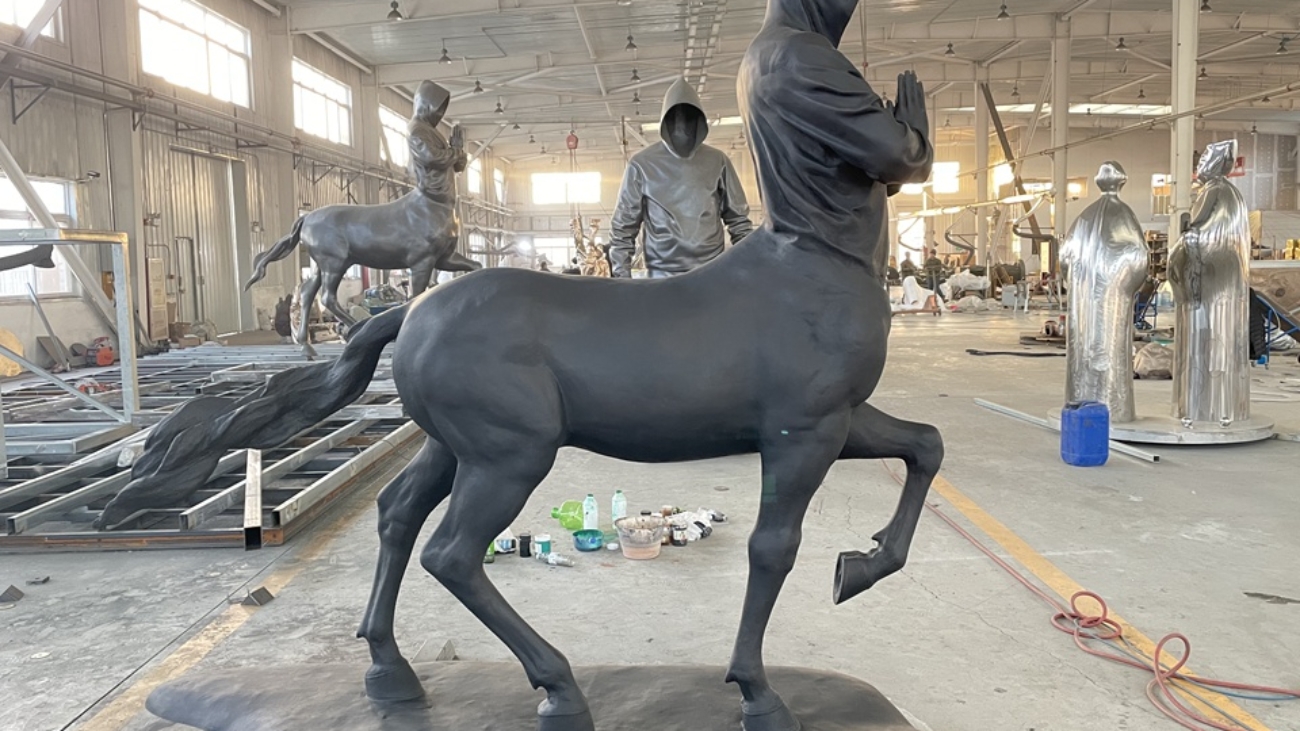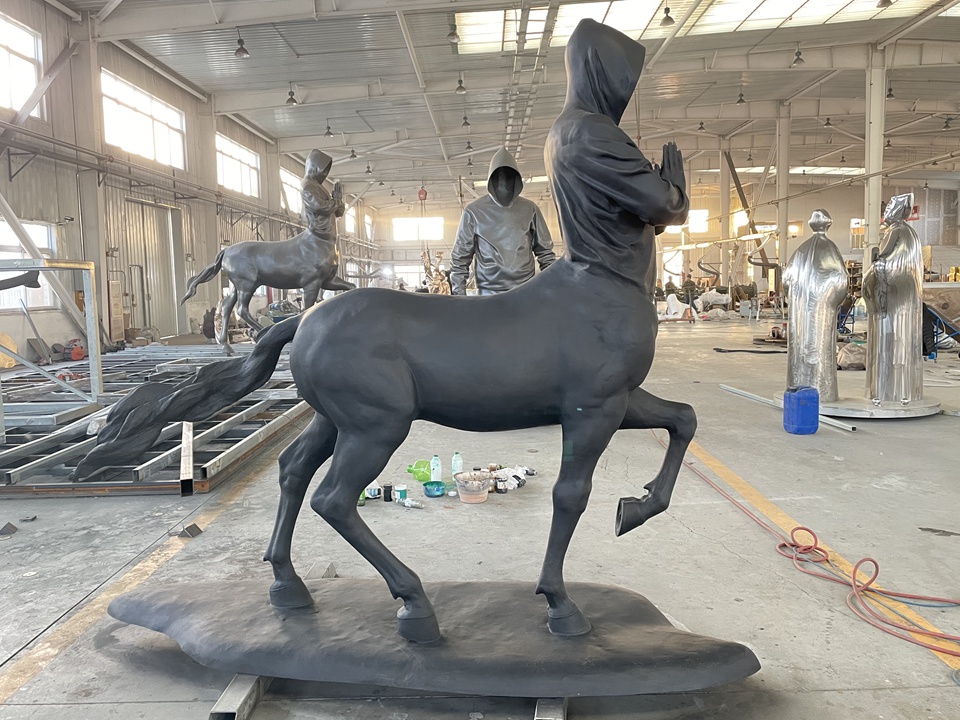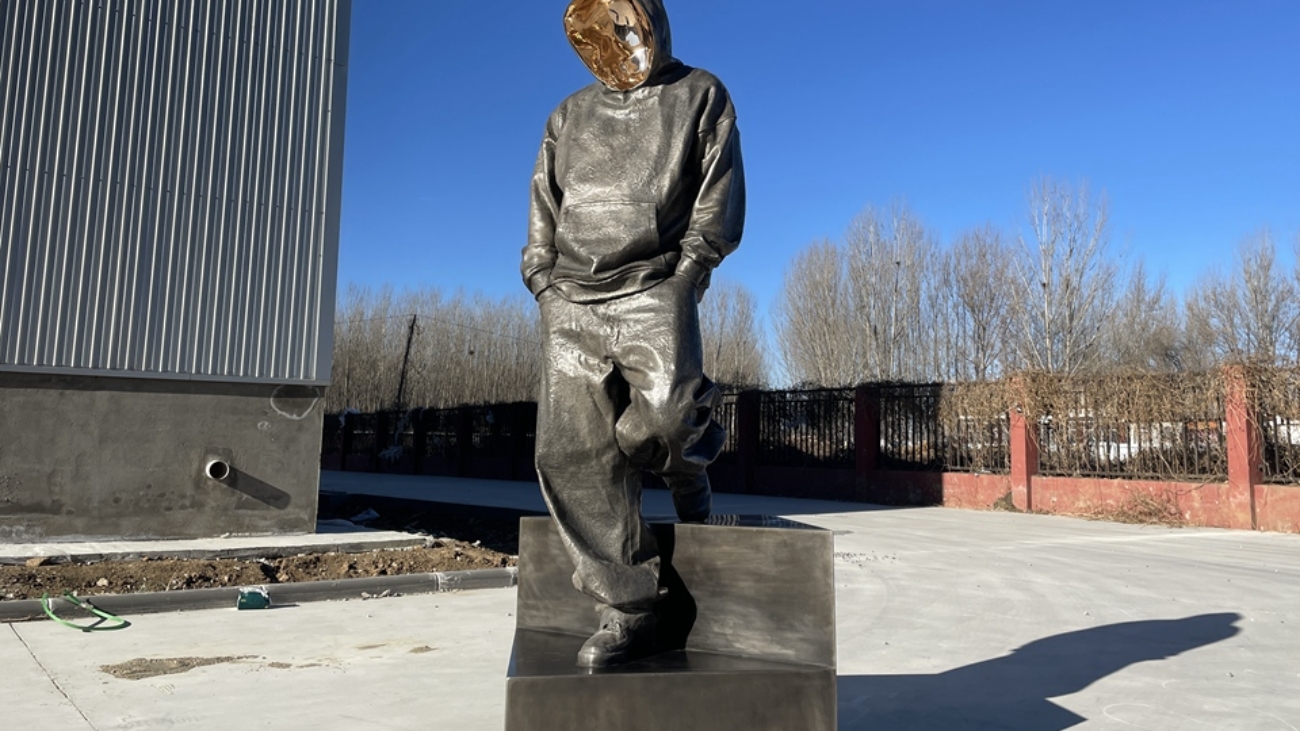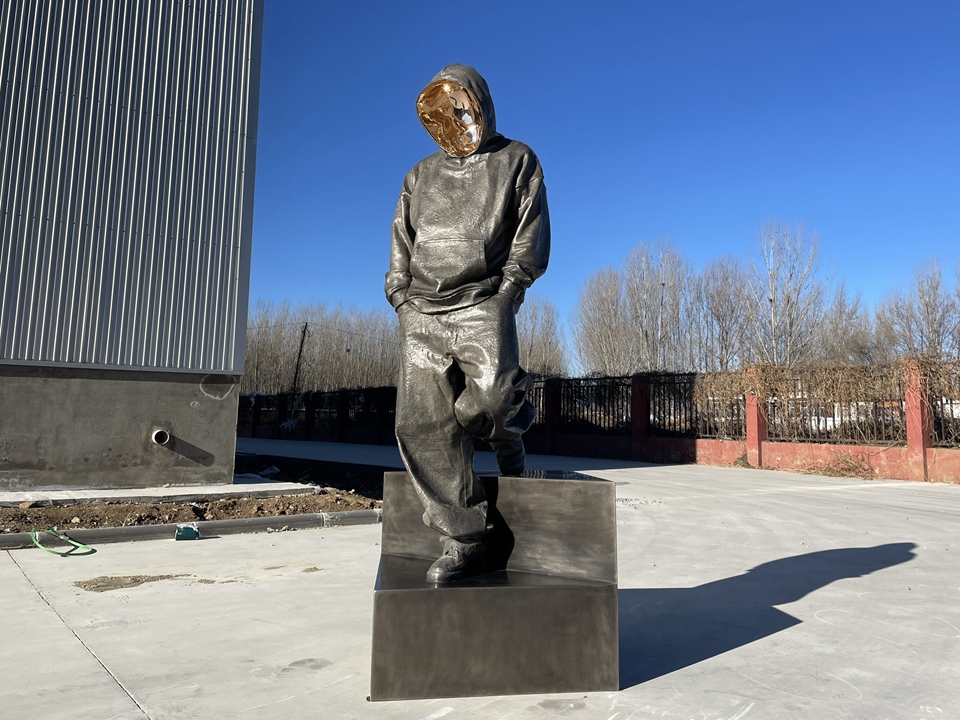The scale, presence, and lasting beauty of large bronze sculptures affect how regions seem and feel. You can find them in both public and private collections. People need to look at huge bronze statues from a distance, unlike smaller pieces that people look at closely. Their size makes the viewer and the environment talk to each other. Bronze sculpture big projects are some of the most important and ambitious works of art today because they require both engineering and artistic vision. This article discusses about the issues, innovative ideas, and cultural significance of constructing huge bronze statues. It talks about why these massive pieces of art still interest people all across the world.
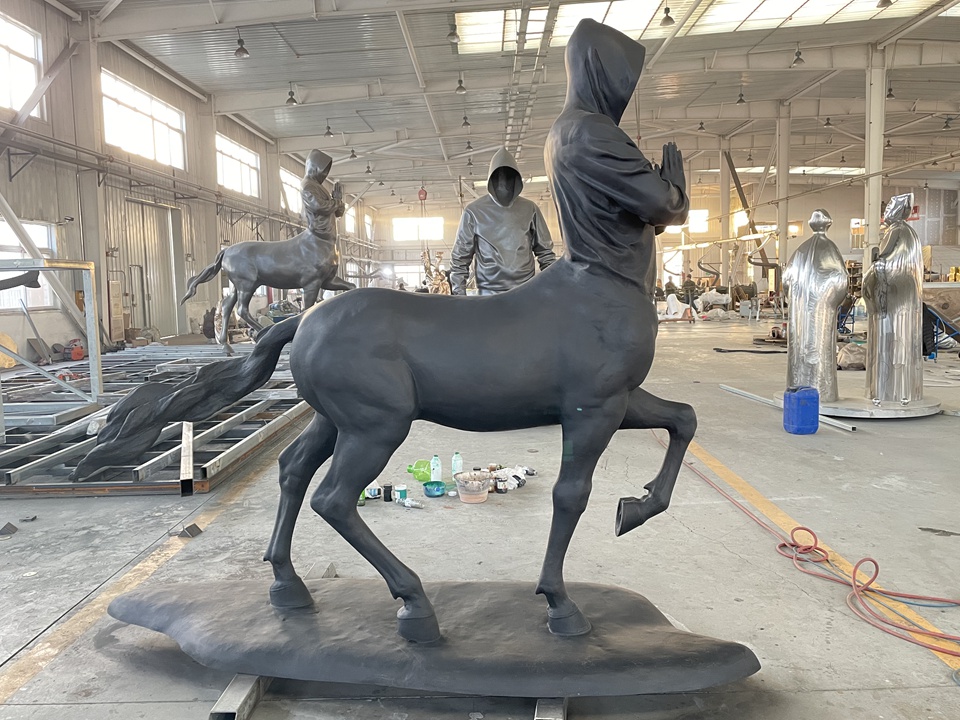
It’s remarkable how engineers make gigantic bronze sculptures.
You need more than simply artistic talent to turn a sketch into a bronze sculpture that weighs a lot. You also need to know a lot about logistics, metallurgy, and physics. The first stage is to construct a full 3D model, which is usually done on a computer to evaluate how the proportions and structural soundness would look before any work is done. For example, when sculptor Jaume Plensa constructed Awilda (2017), a 30-foot-tall bronze head that was put up in New York’s Hudson Yards, his team used computational fluid dynamics to analyze how the wind would effect the hollow structure. This made sure it was stable without changing how it looked.
After the design is finished, the sculpture is chopped up so that it may be cast. This is important since bronze is heavy and the foundry machines can’t handle it all at once. Each piece is shaped using the lost-wax method. This technique has been around for 6,000 years, however it has been updated to operate better with modern tools. After that, the pieces are welded together, and the artists painstakingly pursue (smooth) the seams to give the finish a smooth look. It took more than a year to weld Arturo Di Modica’s The Charging Bull (1989), a 7,000-pound bronze sculpture that is a prominent icon of Wall Street. The artist worked on each curve of the bull’s muscles one at a time.
The Beauty of Bronze Sculpture in Big Public Spaces
For a long time, big bronze sculptures have been key cultural landmarks that make towns look like open-air galleries. A lot of big public art, like Magdalena Abakanowicz’s bronze sculpture Agora (2006), was inspired by Anish Kapoor’s Cloud Gate (2006) in Chicago, which is mostly constructed of stainless steel. This installation of 106 headless, armless figures in Grant Park uses the old patina of bronze to make people think of strength and anonymity. People can wander around the figures and ponder about where they fit within the world.
Big bronze statues are frequently utilized on college and corporate campuses to show who you are and what you aim to do. There is a 20-foot-tall abstract bronze statue by Henry Moore called “Standing Figure” (2018) in the midst of Google’s Mountain View headquarters plaza. The tech campus’s geometric architecture makes its sweeping arcs stand out. The University of Texas in Austin has commissioned The Torch of Knowledge (2021), a 35-foot-tall bronze statue of a student holding a torch. The statue is meant to recognize academic achievement and inspire future generations.
Patina in big bronze sculptures: it’s not only a hue
Many people think of patina, the layer that forms on bronze over time, as just a decoration. It’s actually a big element of a bronze sculpture’s personality that changes its mood, texture, and how long it lasts. Some artists enjoy a natural patina, which is when the bronze rusts into earthy greens and blues. Some people use chemicals to get some hues. The Balloon Dog (Orange) by Jeff Koons is a 10-foot-tall bronze sculpture that is painted vivid orange. The patina is a wonderful change from how heavy the material usually is.
Patina also keeps things outside from rusting, getting dirty, and getting damaged by UV rays. The Eros Bendato fountain in Kraków, Poland, is a bronze statue of a hooded person that is 16 feet tall. The dark green patina looks beautiful with the park around it, and it can handle the acidic rain that rains in the area. Taking care of the patina on a regular basis, including waxing and light cleaning, helps it change over time, getting darker without chipping or flaking.
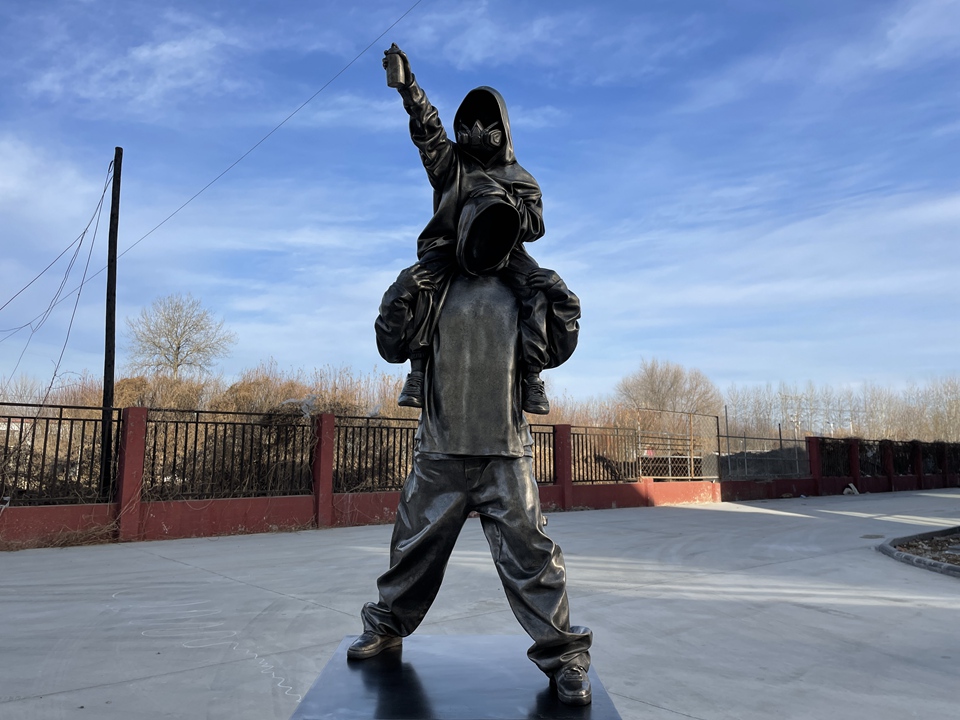
A group effort to order a big bronze sculpture
People don’t normally make a big bronze sculpture by themselves. To turn the idea into a reality, a collection of sculptors, engineers, foundry workers, and clients must work together, each with their particular set of expertise. The initial stage is usually to make a concept design or a maquette, which is a small-scale model. Before full-scale production can begin, the client must provide their approval. For decades, Auguste Rodin labored on the concept for The Gates of Hell (1880–1917). He worked with foundries to make sure that the 180 figures were cast precisely. At first, the sculpture was going to be a huge bronze statue for the entrance to a museum.
Technology makes it easier for people to work together on modern commissions. Clients can now utilize virtual reality (VR) to “walk around” a computer model of the sculpture and suggest adjustments to its size, locati0n, or posture before any metal is poured. This back-and-forth procedure cuts costs and makes sure that the artist’s vision is in line with what the client wants. The Palm Fountain (2020), a pair of 30-foot-tall bronze dancers, was hired by the city of Dubai. The design team used VR to explore how the sculptures will look with the fountain’s lighting and water jets. People could see this performance from miles away.
The Cultural Legacy of Large Bronze Sculpture: From Ancient Times to Today People have been constructing huge bronze sculptures for a long time.People in Greece, China, and other locations used bronze to celebrate gods, emperors, and great deeds.The Colossus of Rhodes was a 100-foot-tall bronze statue of the sun god Helios that stood at the entrance to Rhodes’ harbor for almost 60 years before an earthquake knocked it down. It shows how ambitious (and weak) engineering was in the past. The Terracotta Army in China (210–209 BCE) contains hundreds of life-sized bronze horses and chariots. Layers of lacquer and paint keep its brilliant metal surface safe.
Today, huge bronze sculptures are pushing the limits by using both ancient and new ideas and techniques. Yayoi Kusama’s Pumpkin (2010), a 13-foot-tall bronze sculpture coated with her distinctive polka dots, challenges people reassess how they conceive about size and materiality. On the other hand, Ai Weiwei’s Law of the Journey (2017) is a 200-foot-long inflatable boat with 300 faceless bronze individuals on it that makes people think about worldwide migration in a very moving way.
To sum up, why big bronze statues last
Big bronze sculptures are different from the computer screens and short-lived fads that are everywhere. They provide a physical, lasting link to human creativity and ability.Their size gets people’s attention, their material makes them durable, and they may blend in with a wide range of styles, from classical realism to abstract expressionism.A big bronze statue may be a landmark, a way to start a conversation, and a metal legacy, whether it is in a busy city plaza or a quiet corporate atrium.
When artists have to work on such a big scale, they have to come up with new concepts and think about how they employ materials and techniques.For collectors and organizations, commissioning a big bronze sculpture is a means to invest in cultural capital and make a statement about vision and permanence.These massive pieces of art remind us that art isn’t just in galleries. It can change the way cities look, bring people together, and show how powerful the human mind can be.In the end, bronze sculpture enormous isn’t only about size; it’s also about its effect, and bronze is one of the few materials that can achieve it for a long time.

